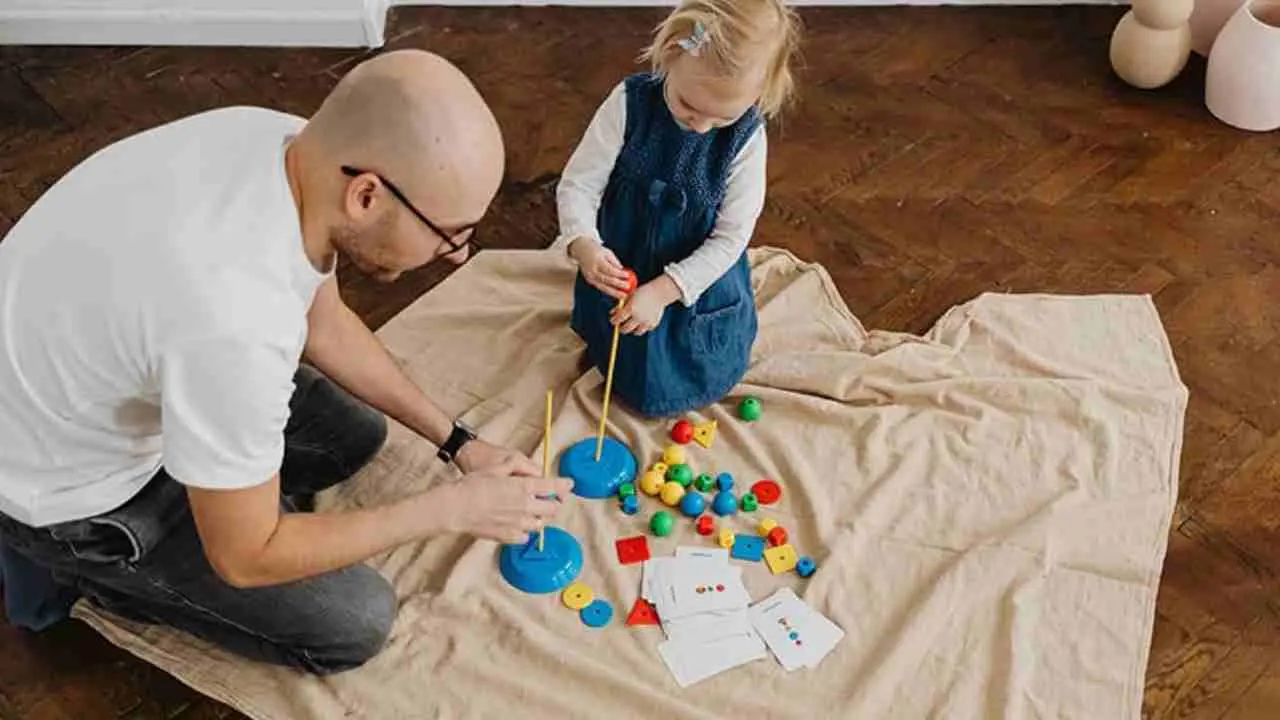
6 supportive strategies for creating a safe and calming home environment for individuals with autism
8 months ago | 88 Views
Creating a safe and calming home environment is paramount for individuals with autism as it can greatly influence their overall well-being, sense of security and developmental progress. Autism, a spectrum disorder characterised by challenges in communication, social interaction and sensory processing, requires thoughtful and intentional adjustments to living spaces.
Each strategy is designed to address specific challenges faced by individuals with autism, from minimising sensory overload to fostering a sense of control and independence. By implementing these approaches, caregivers and families can transform their homes into nurturing spaces that enhance the quality of life for their loved ones with autism.
In an interview with HT Lifestyle, Dr Praveen Suman of Child Development Clinic at Sir Ganga Ram Hospital, emphasised the need for -
1. Improving Sensory Quality of the Built Environment for People with ASD:
- Low Arousal Environment: Minimizing stimuli (visual, acoustic and smell stimuli) and details is essential for individuals with ASD due to altered sensory processing.
- Transition Spaces: Adequate transitions between different sensory experiences help prevent sensory overload and support sensory integration.
- Quiet Spaces: Designing quiet areas following specific spatial requirements provides comfort and calmness for people with ASD.
2. Making the Built Environment Intelligible for People with ASD:
- Clear and Simple Spatial Layout: A straightforward organisation helps individuals with ASD navigate independently.
- Visual Relationships: Ensuring visual connections among components allows an overall view of the surroundings.
- Predictability and Routine: Well-defined spatial structures enhance predictability and reduce unexpected situations.
- Proportion and Proxemics: Proper space proportions improve perception of personal space in relation to the environment.
3. Using Visual Supports for Navigation:
- Visual Supports: Utilizing pictures, pictograms, colours or small sentences helps people with ASD interact appropriately with their environment.
- Wayfinding: Signs and wayfinding aids independent navigation.
Autistic children and adults often lack access to environments where they can feel secure and be themselves without interference or scrutiny. While the world may not naturally accommodate their needs, safe spaces provide essential support.
Bringing her expertise to the same, Monica Kumar, Social and Development Expert and Founder of BloomBuds ASD Life Trust, explained that we need to understand the sensory differences like autistic individuals process sensory information differently from neurotypicals. For instance, some may prefer wearing long sleeves even on sunny days because it provides comfort.
Regular stress due to conditions and societal expectations can impact neurological, metabolic, and immune functioning. Safe spaces offer respite from stressors and help with self-regulation. She highlighted -
1. Key Elements for a Safe Home:
- Space for Stimming: A room with enough space for stimming (repetitive movements) allows autistic individuals to express themselves comfortably.
- Smooth Floors for Pacing: Smooth floors facilitate pacing, which can be soothing for some.
- Creating Safe Spaces: Design a quiet room with comfortable bedding and sensory-friendly items. Provide areas for physical activities like dancing or playing with water.
- Secure Locks on Doors: Having locks that can be set up at night provides a sense of safety and control.
- Open Communication: Welcoming all forms of communication, regardless of how it occurs, fosters understanding and connection.
- Pets: For some, pets (like cats or fish) offer companionship and a calming presence.
- Sensory Flexibility: Recognizing and accommodating varying sensory needs within the household contributes to a safe environment.
- Communication and Understanding: Listen to individuals with Autism without speaking over them. Be open to different communication methods, including alternative and augmentative approaches.
- Supporting Differences: Recognize that rigidity and flexibility coexist among autistic and neurodivergent people. Avoid judgment about eating habits, interests, or self-expression. Most importantly, reject societal standards and allow autistic individuals a reprieve from constant critique.
2. Understand and Avoid Meltdowns in Autistic Children and Teenagers:
The consistent communication and research with parents and caretakers of individuals with ASD reveals that to help and prevent Meltdowns, one has to understand their nature and causes.
i) Understand Meltdown:
Meltdowns occur when children and teenagers with Autism feel completely overwhelmed, lose control of their behaviour and struggle to calm themselves.
- Early Warning Signs could be anger, anxiety, or physical sensations like racing heartbeat, and churning stomach.
- Be aware of behaviours like screeching, yelling, running away, covering ears, squeezing into tight spaces, rocking, pacing, or withdrawal.
ii) Develop and Practice Coping Strategies: Equip the child or the adult with Autism with tools to stay calm in difficult situations.
- Practice breathing exercises, muscle relaxation, or breaks with music.
- Practical actions (e.g., leaving noisy corridors early). Check if environmental changes can make the child or the adult with Autism more comfortable (e.g., closing a door, adjusting lighting or music, finding a quieter space).
- Avoid telling your child to calm down, as it can increase stress. Simply remind them to use relaxation techniques or sensory tools (e.g., headphones, favorite fragrances).
- Engaging in enjoyable activities (listening to podcasts, playing with pets).
- Physical activities (soccer, trampoline).
- Limit communication to one person. Noise and attention both matter to the individuals with Autism.
- Stay calm and wait.
- Provide support and help your child manage emotions before a meltdown occurs. Encourage your child to practice coping techniques when calm.
3. Mental and Physical Health and Wellbeing after the Meltdown of the caretakers is as important as that of the child or the adult with Autism:
- Allow time for recovery. Pace softly and breathe deeply. Don’t talk much!
- Engage in calming activities (reading, sensory objects, spending time with pets, listening to music).
- Consult with health professionals for therapies and emotional support.
- Prioritise self-care to better support your child/ward. Seek Support Groups to release stress.
A home that prioritises the above-mentioned key elements ensures a safe haven for individuals with Autism, allowing them to thrive and find comfort in their surroundings. Always remember, taking care of yourself is essential and seeking support can make a difference in managing challenging behaviours.
Read Also: 9 best DIY hair masks to nourish coloured hair
# Children # Stress # Anxiety




















